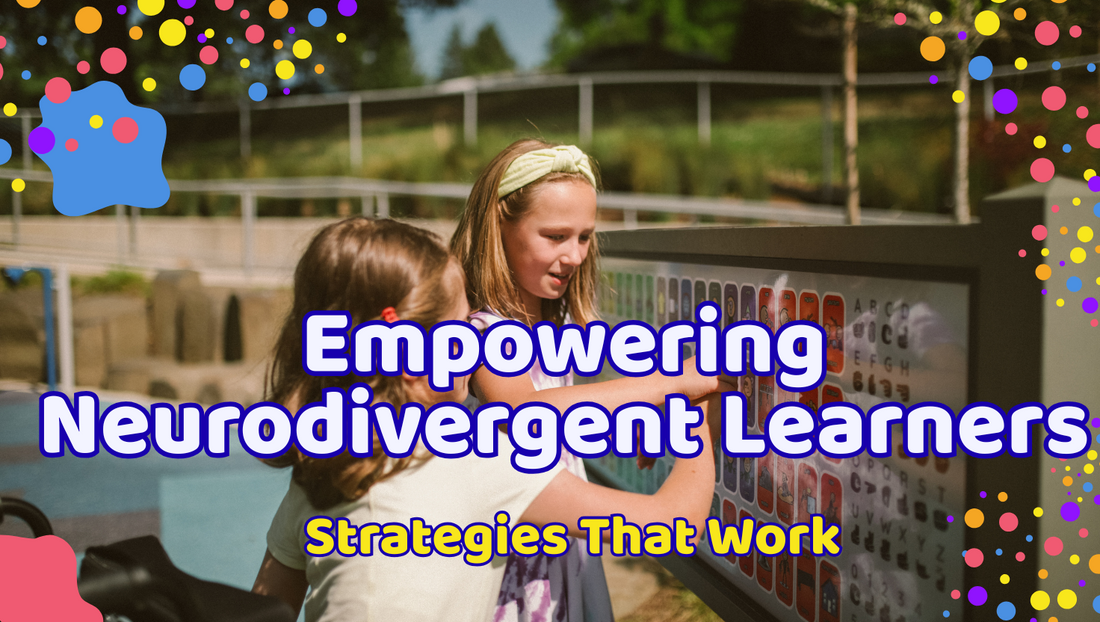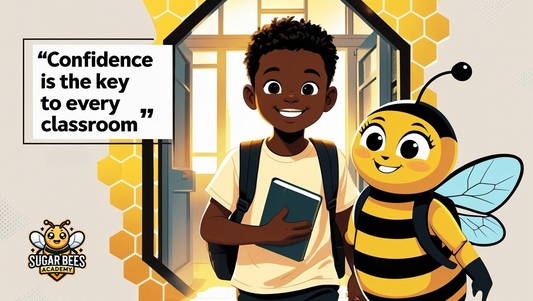
Empowering Neurodivergent Learners: Strategies That Work
Share
Empowering Neurodivergent Learners: Strategies That Work
In today’s diverse classrooms, recognizing and supporting neurodivergent learners is essential for fostering an inclusive and effective learning environment. Neurodivergent individuals, including those with autism, ADHD, dyslexia, and other neurological variations, offer unique perspectives and strengths. At Sugar Bees Academy, we are committed to implementing strategies that empower these learners, promoting resilience, engagement, and academic success.
Understanding Neurodiversity
Neurodiversity acknowledges that neurological differences are natural variations of the human brain. Embracing this concept means valuing the diverse ways individuals think, learn, and process information. By adopting inclusive practices, educators can create environments where all students thrive.
Effective Strategies for Supporting Neurodivergent Learners
1. Flexible Learning Environments
Creating adaptable classroom settings allows neurodivergent students to engage in ways that suit their needs. This includes:
• Sensory-Friendly Spaces: Incorporate elements like noise-canceling headphones, fidget tools, and adjustable lighting to reduce sensory overload.
• Alternative Seating Options: Provide choices such as standing desks, bean bags, or stability balls to accommodate different comfort levels.
2. Structured Routines and Clear Expectations
Consistency helps neurodivergent learners feel secure and focused. Implement:
• Visual Schedules: Use charts or digital displays to outline daily activities.
• Explicit Instructions: Break tasks into manageable steps with clear, concise directions.
3. Personalized Learning Plans
Tailoring education to individual strengths and challenges enhances engagement. Strategies include:
• Interest-Based Projects: Align assignments with students’ passions to boost motivation.
• Goal Setting: Collaborate with students to set achievable objectives, fostering a sense of ownership.
4. Incorporation of Assistive Technology
Leverage tools that support diverse learning needs:
• Text-to-Speech Software: Assists students with reading difficulties.
• Organizational Apps: Help manage tasks and deadlines effectively.
5. Social and Emotional Support
Building emotional intelligence is crucial. Encourage:
• Peer Mentoring: Pair students to promote social interaction and mutual support.
• Mindfulness Practices: Integrate activities like deep breathing or meditation to enhance self-regulation.
6. Collaborative Community Engagement
Engaging families and the broader community strengthens support networks:
• Regular Communication: Maintain open dialogues with parents about progress and strategies.
• Workshops and Events: Host sessions that educate and involve the community in inclusive practices.
Building Resilience Through Inclusive Education
Implementing these strategies not only supports neurodivergent learners but also cultivates a classroom culture of empathy and adaptability. By acknowledging and valifying each student’s unique contributions, we foster an environment where all learners develop resilience and confidence.
Conclusion
Empowering neurodivergent learners requires intentional, inclusive approaches that recognize and celebrate neurological diversity. At Sugar Bees Academy, we are dedicated to creating educational experiences that honor each student’s individuality, preparing them to navigate both academic and life challenges with strength and assurance.



